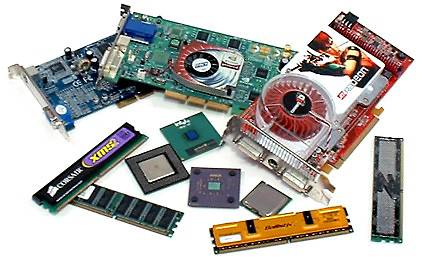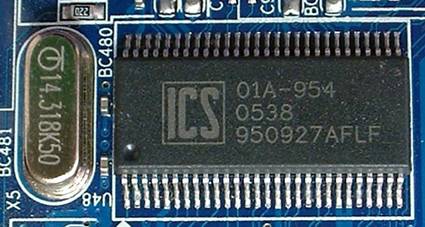Overclocking Guide Part 1: Risks, Choices and Benefits
Who Overclocks?
Since the very beginning of the PC era, the most demanding users have sought ways to increase system performance. "Overclocking" may in fact pre-date PCs, going back to the days of simpler devices, but legends of 8 MHz 8088 processors overclocked to 12 MHz via a simple change in clock crystal started a phenomenon. Overclockers later came to be divided between two camps: "the many" who desire high-end performance on a low-end budget, and "the few" seeking ultimate performance at any price.
But before we go into detailed methods, a few explanations should prove helpful to the new overclocker. What is overclocking? What are the risks and benefits? What parts can be overclocked?
The Concept
Overclocking refers to increasing the speed of any component beyond that specified by its manufacturer. The word "clock" comes from the use of a "clock crystal", an oscillator that sets a rhythm from which all higher frequencies are derived for the component. The simplest devices operated at oscillator frequency, so that an 8 MHz processor required an 8 MHz clock crystal. Overclocking early processors was as simple - and as limited - as changing the discrete clock crystal from say, an 8 MHz part to a 12 MHz part.
As computers became more complex a single crystal could no longer support the wide range of speeds various data buses required. While motherboards could contain several oscillators for specific devices, an additional integrated circuit was required to allow a wider range of speeds for a wider variety of interfaces. Known as the clock generator, this component generates clock signals at multiples and fractions of clock crystal oscillation. Clock generators have become ever more complex, to the point that modern boards and a few add-in components now support adjusting frequencies in extremely small steps.
A crystal oscillator and a clock generator
The advent of adjustable clock generators has allowed overclocking to be done without changing parts such as the clock crystal. Further advancements in BIOS and firmware now allow device speeds to be manipulated without so much as a change in jumper settings.
Join our discussion on this topic
Get Tom's Hardware's best news and in-depth reviews, straight to your inbox.


